- General Surgery Instruments
- Orthopedic & Spine
- Neurosurgical
- Electrosurgical
- Non-Stick Bipolar Forceps
- European Irrigation Bipolar Forceps
- Monopolar Cables
- USA 2 Pin Bipolar Forceps
- European Non-Stick Bipolar Forceps
- Bipolar Artery Sealer
- Diathermy Instruments
- Bipolar Electrodes
- Disposable Bipolar Forceps
- Electrodes 4.0mm
- Electrosurgical For Gynecology
- European Bipolar Forceps
- Gynecology
- ENT
- Cardiovascular
How to Take Care of Surgical Equipment
Surgical instruments are the backbone of modern healthcare, ensuring accuracy, safety, and positive outcomes for patients. From scalpels and forceps to clamps, retractors, and other specialized devices, these tools play a critical role in every surgical procedure. Because of their importance, proper care of surgical instruments does more than extend their life—it actively prevents infections and ensures reliable performance in the operating room.
Maintaining surgical equipment requires a structured and consistent process. Medical teams must follow strict protocols for cleaning, sterilization, handling, and storage to preserve both functionality and sterility. This process includes immediate rinsing after use to stop residue buildup. It also involves detailed inspection for wear, rust, or damage, followed by storing instruments in a dry, controlled environment to avoid contamination.
Well-maintained surgical tools remain sharp, precise, and dependable. As a result, the risk of complications during critical procedures decreases. Regular maintenance also improves instrument performance while helping hospitals and clinics lower replacement costs.
By prioritizing surgical equipment maintenance, healthcare providers show their strong commitment to patient safety and clinical excellence. Consistent care ensures that instruments meet international standards, which supports better surgical outcomes and long-term reliability.
Importance of Surgical Equipment Maintenance
Proper maintenance of surgical equipment is vital to reduce infection risks, prevent cross-contamination, and ensure safe, reliable performance for every patient.
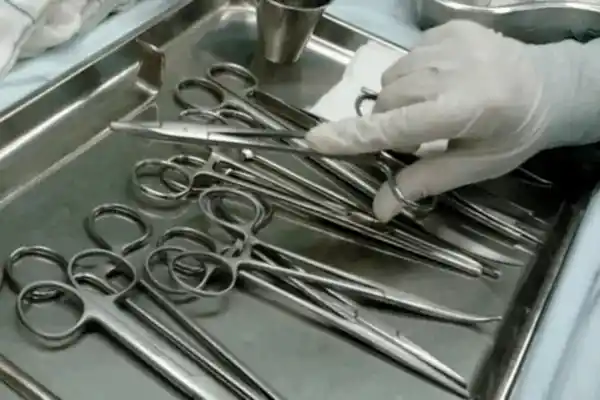
Cleaning and Disinfection
Cleaning and disinfection are essential steps to keep surgical instruments sterile and safe for use. Immediately after each procedure, staff should rinse and clean instruments to remove blood, tissue, or debris. Depending on hospital protocols, teams can clean them manually with approved solutions or use specialized automated cleaning systems. Moreover, consistent disinfection ensures long-lasting performance and protects patients by reducing infection risks during future surgeries.
Sterilization Techniques
Sterilization is a critical step to make surgical instruments completely free from harmful microorganisms such as bacteria, viruses, and fungi. Unlike cleaning or disinfection, sterilization provides the highest level of patient protection because it eliminates all possible sources of infection.
Common sterilization methods include steam sterilization (autoclaving), gas sterilization, and low-temperature techniques. Each method offers unique advantages depending on the type and material of the instrument. The choice of method depends on tool sensitivity, material, and the facility’s requirements. As a result, careful selection and correct application guarantee that every surgical instrument remains safe, sterile, and reliable for life-saving procedures.
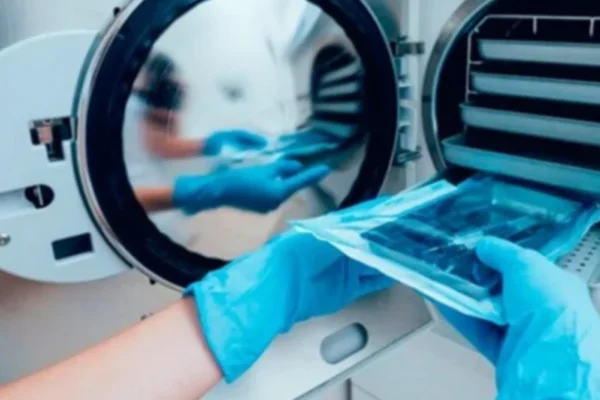

Storage and Handling
Proper storage and careful handling are essential for maintaining both the quality and longevity of surgical instruments. After sterilization, staff should store instruments in a clean, dry, and controlled environment. They must keep them away from direct sunlight, excess moisture, and extreme temperatures. In addition, protective trays, racks, or cases prevent scratches, dulling, and accidental damage. By keeping instruments organized and secure, healthcare teams ensure they remain sterile, sharp, and ready for safe use in every procedure.
Regular Inspection and Maintenance
Regular inspection and preventive maintenance keep surgical instruments safe, functional, and ready for use. Healthcare facilities should follow a structured schedule for routine checks, examining each instrument for wear, rust, corrosion, or mechanical faults. Detecting issues early allows timely repair or replacement and reduces the risk of failure during critical procedures. Consequently, this proactive approach safeguards patient safety while extending performance, reliability, and lifespan of surgical tools.
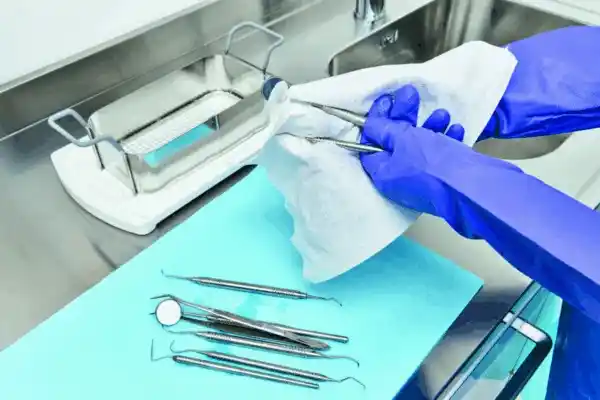
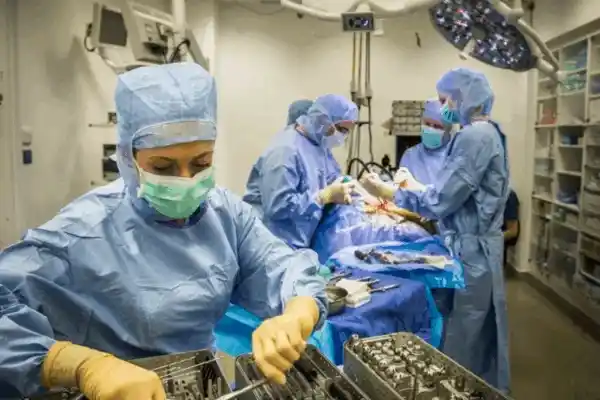
Training and Education
Well-trained staff are vital for proper surgical instrument care and maintenance. Equipping healthcare professionals with knowledge and practical skills ensures correct cleaning, sterilization, handling, and storage. Furthermore, ongoing training programs keep teams updated on best practices, safety protocols, and new technologies. This reduces errors and extends the lifespan of equipment. By investing in continuous education, healthcare facilities strengthen patient safety, efficiency, and overall quality of care.
Proper Documentation
Maintaining clear and detailed records is an essential part of surgical instrument care. Documentation should cover every cleaning and disinfection step, each sterilization cycle, inspection result, and all repairs or replacements. Accurate records provide a full maintenance history and ensure traceability in case of issues. Therefore, this practice helps facilities remain compliant with regulations while supporting consistent, safe, and high-quality patient care.
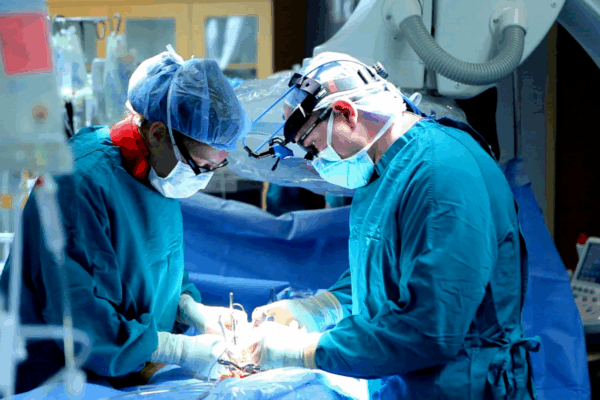
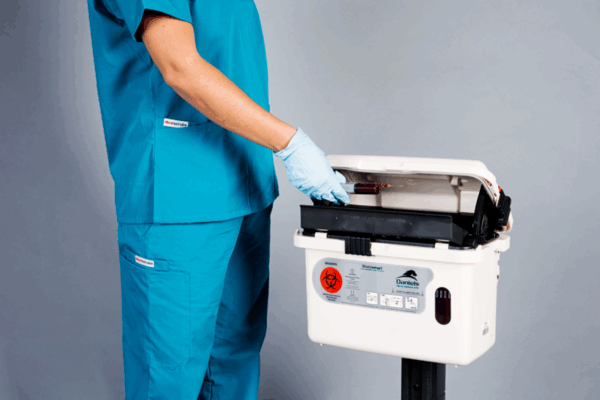
Disposal of Damaged or Expired Equipment
Healthcare facilities must follow strict protocols for disposing of damaged or expired surgical equipment. Proper disposal prevents reuse and avoids harm, contamination, or violations. Using certified medical waste containers and approved disposal services maintains safety standards and ensures compliance with healthcare regulations.


